Table of Contents
I. Introduction to HR Legal Compliance Reports
II. Components of HR Legal Compliance Reports
III. Creating Effective HR Compliance Reports
IV. Role of HR Professionals in Ensuring Compliance
V. Common Pitfalls in HR Legal Compliance Reports
. Lack of understanding of legal requirements
VI. FAQ Section
I. Introduction to HR Legal Compliance Reports
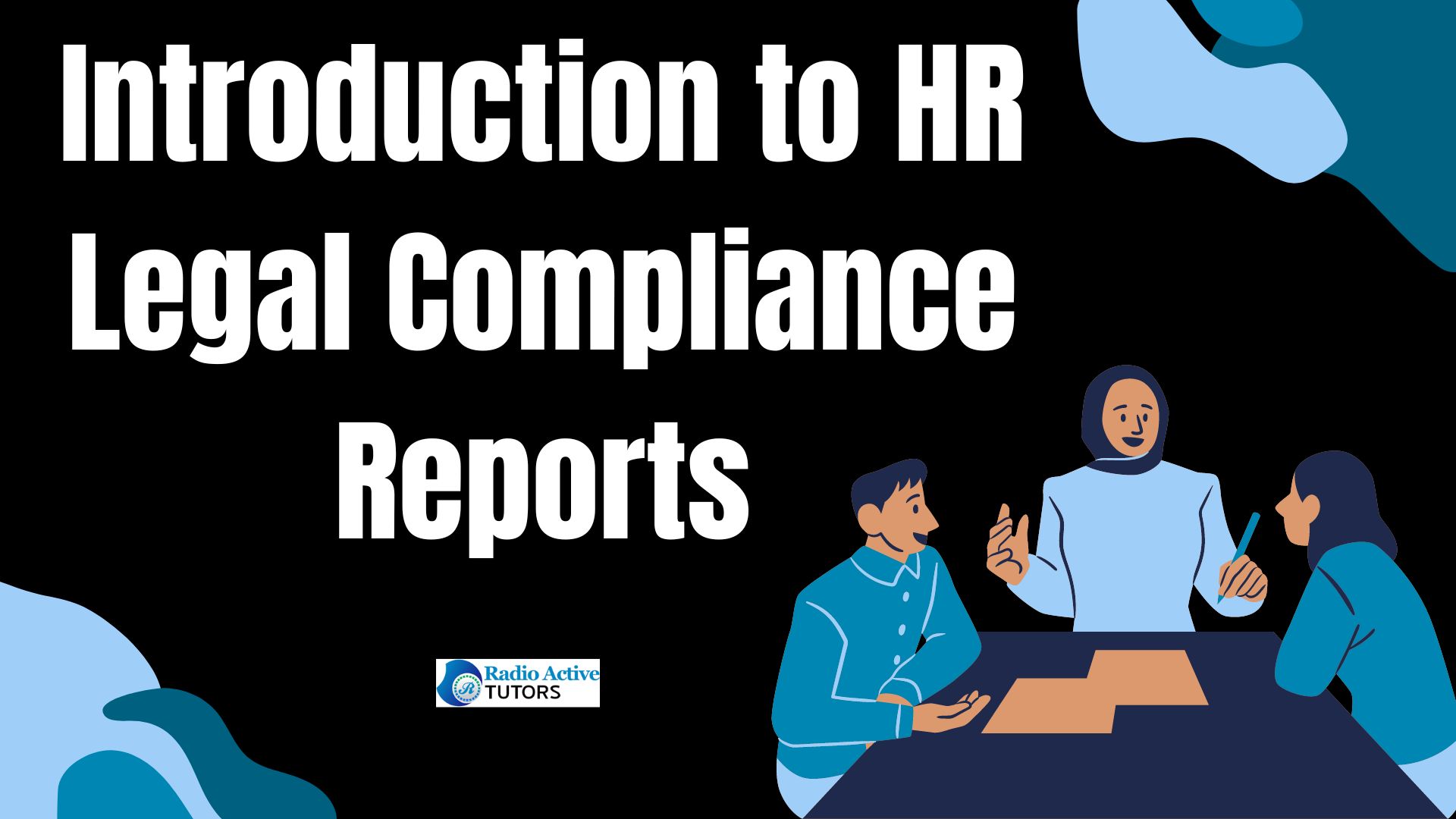
- Understanding the Importance of HR Legal Compliance Reports
Understanding the importance of HR legal compliance reports is paramount in mitigating common pitfalls that organizations may encounter. These reports serve as a crucial tool for ensuring adherence to various laws, regulations, and industry standards governing employment practices. By accurately documenting employee data, contractual agreements, and workplace policies, HR legal compliance reports enable organizations to demonstrate their commitment to ethical and legal practices.
Moreover, these reports play a vital role in safeguarding against potential lawsuits, fines, and reputational damage stemming from non-compliance. Overall, a comprehensive understanding of HR legal compliance reports empowers HR professionals to identify and address potential pitfalls effectively, thereby fostering a culture of transparency, accountability, and legal integrity within the organization.
- Overview of Legal Requirements in Human Resources
An overview of legal requirements in human resources is essential to grasp the common pitfalls in HR legal compliance reports. Human resources departments must navigate a complex landscape of federal, state, and local laws that govern various aspects of employment, including recruitment, hiring, compensation, and termination.
These legal requirements encompass a wide range of statutes such as anti-discrimination laws, wage and hour regulations, workplace safety standards, and employee benefits mandates. Failure to understand and adhere to these legal obligations can lead to costly consequences for organizations, including lawsuits, regulatory fines, and reputational damage. Therefore, gaining a comprehensive understanding of the legal framework surrounding human resources is crucial for HR professionals to effectively identify, address, and prevent compliance pitfalls in their reporting practices.
II. Components of HR Legal Compliance Reports
A .Employment Laws and Regulations
Employment laws and regulations form the cornerstone of components within HR legal compliance reports, highlighting their significance in addressing common pitfalls. These reports encompass a thorough documentation of adherence to various employment laws and regulations governing the employer-employee relationship. Key components include but are not limited to, ensuring compliance with anti-discrimination laws, adherence to wage and hour regulations, providing a safe working environment in line with occupational health and safety standards, and upholding employee rights as outlined in labor laws.
Failure to accurately reflect compliance with these legal requirements within HR reports can expose organizations to significant legal risks and financial liabilities. Therefore, a meticulous understanding and integration of employment laws and regulations are imperative in crafting comprehensive HR legal compliance reports, effectively mitigating potential pitfalls and safeguarding organizational integrity.
- Fair Labor Standards Act (FLSA)
The Fair Labor Standards Act (FLSA) stands as a pivotal component within employment laws and regulations, shaping the landscape of HR legal compliance reports and addressing common pitfalls. Enacted to establish minimum wage, overtime pay eligibility, recordkeeping, and child labor standards, the FLSA mandates meticulous adherence within HR reporting frameworks. Compliance reports must accurately reflect adherence to FLSA provisions, ensuring employees are compensated fairly for their work and protected from exploitation.
Common pitfalls arise when organizations fail to accurately classify employees as exempt or non-exempt, leading to potential violations and costly lawsuits. Therefore, a comprehensive understanding and meticulous integration of FLSA regulations within HR legal compliance reports are imperative to mitigate compliance risks, uphold employee rights, and maintain organizational integrity.
- Equal Employment Opportunity Commission (EEOC) Guidelines
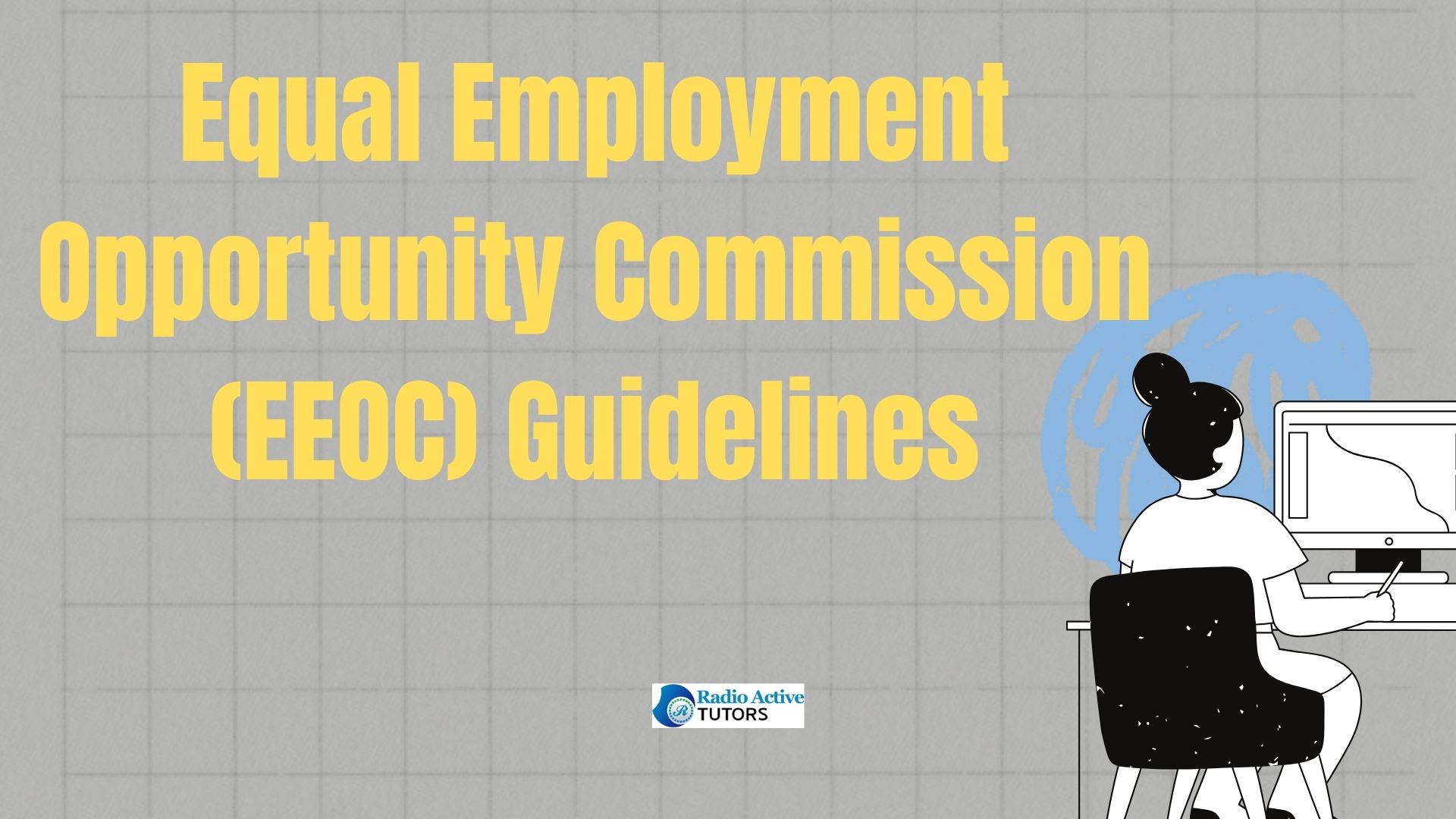
The Equal Employment Opportunity Commission (EEOC) Guidelines serve as a cornerstone within employment laws and regulations, guiding the components of HR legal compliance reports and addressing common pitfalls. These guidelines aim to ensure that all individuals have equal access to employment opportunities and are protected from discrimination based on factors such as race, color, religion, sex, national origin, age, disability, or genetic information.
HR compliance reports must meticulously reflect adherence to EEOC guidelines, documenting fair and non-discriminatory employment practices from recruitment and hiring to promotion and termination. Pitfalls often arise when organizations overlook or mishandle discrimination complaints, leading to legal liabilities and reputational damage. Therefore, a thorough understanding and meticulous integration of EEOC guidelines within HR legal compliance reports are crucial to mitigate compliance risks, foster diversity and inclusion, and uphold organizational values of fairness and equity.
- Family and Medical Leave Act (FMLA)
The Family and Medical Leave Act (FMLA) is a vital component of employment laws and regulations that significantly impacts HR legal compliance reports, addressing common pitfalls within organizations. Designed to provide eligible employees with job-protected leave for qualified medical and family reasons, FMLA mandates careful documentation and adherence within HR reporting frameworks.
HR compliance reports must accurately reflect FMLA compliance, including the proper administration of leave requests, maintenance of required documentation, and prevention of retaliation against employees exercising their FMLA rights. Common pitfalls arise when organizations fail to properly inform employees of their FMLA rights, improperly deny leave requests, or inaccurately track FMLA usage, leading to legal disputes and penalties. Therefore, a comprehensive understanding and meticulous integration of FMLA regulations within HR legal compliance reports are essential to mitigate compliance risks, support employee well-being, and maintain organizational compliance.
- Occupational Safety and Health Administration (OSHA) Standard
Occupational Safety and Health Administration (OSHA) Standards play a crucial role within employment laws and regulations, shaping the components of HR legal compliance reports and addressing common pitfalls. OSHA regulations are designed to ensure safe and healthy working conditions for employees by setting forth standards and guidelines for workplace safety. HR compliance reports must accurately reflect adherence to OSHA standards, including measures such as providing a safe working environment, conducting regular inspections, and implementing safety training programs.
Common pitfalls occur when organizations neglect to address safety hazards, fail to provide necessary safety equipment, or inadequately train employees on safety protocols, resulting in workplace accidents and potential OSHA violations. Thus, a thorough understanding and meticulous integration of OSHA standards within HR legal compliance reports are essential to mitigate compliance risks, promote employee well-being, and uphold organizational safety standards.
B. Company Policies and Procedures
Company policies and procedures serve as integral components within employment laws and regulations, shaping the framework of HR legal compliance reports and addressing common pitfalls. These policies and procedures outline the expectations, rights, and responsibilities of both employees and employers within the organization. HR compliance reports must accurately reflect adherence to company policies and procedures, including areas such as employee conduct, performance management, grievance handling, and disciplinary actions.
Common pitfalls arise when organizations fail to consistently enforce policies, inadequately communicate policies to employees, or inconsistently apply policies across departments or individuals. Such inconsistencies can lead to legal disputes, employee dissatisfaction, and erosion of organizational culture. Therefore, a thorough understanding and meticulous integration of company policies and procedures within HR legal compliance reports are essential to mitigate compliance risks, foster transparency, and maintain organizational cohesion.
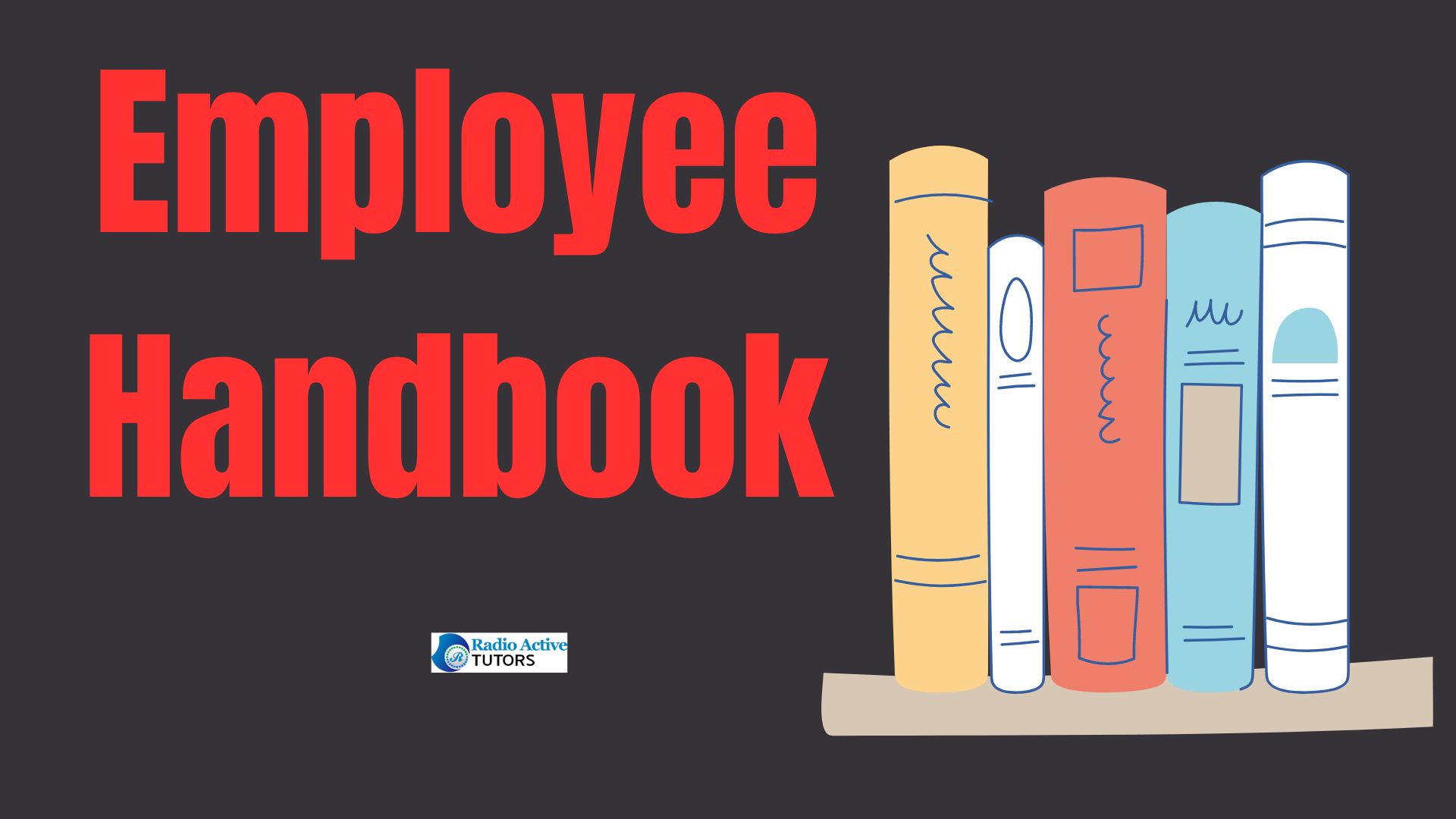
The employee handbook stands as a cornerstone within company policies and procedures, playing a crucial role in employment laws and regulations and shaping the components of HR legal compliance reports while addressing common pitfalls. Serving as a comprehensive guide for employees, the handbook outlines organizational policies, procedures, and expectations regarding various aspects of employment, including but not limited to, workplace conduct, benefits, leave policies, and disciplinary procedures.
HR compliance reports must accurately reflect adherence to the policies outlined in the employee handbook, ensuring consistency and fairness in their application across the organization. Common pitfalls arise when organizations fail to update the handbook in line with legal changes, provide incomplete or outdated information, or inconsistently enforce policies outlined within it. Such discrepancies can lead to confusion among employees and potential legal liabilities for the organization. Therefore, a thorough understanding and meticulous integration of the employee handbook within HR legal compliance reports are essential to mitigate compliance risks, promote transparency, and uphold organizational standards of fairness and accountability.
The Code of Conduct serves as a guiding principle within company policies and procedures, playing a vital role in employment laws and regulations and shaping the components of HR legal compliance reports while addressing common pitfalls. This set of ethical standards outlines expected behaviors, values, and norms that employees are expected to adhere to in their interactions within the organization and with external stakeholders.
HR compliance reports must accurately reflect adherence to the Code of Conduct, ensuring that employees uphold integrity, respect, and professionalism in their actions. Common pitfalls arise when organizations fail to effectively communicate the Code of Conduct, provide inadequate training on its implementation, or overlook instances of misconduct, leading to ethical breaches and reputational damage. Therefore, a thorough understanding and meticulous integration of the Code of Conduct within HR legal compliance reports are essential to mitigate compliance risks, foster a positive organizational culture, and uphold the organization’s reputation and credibility.
- Discrimination and Harassment Policies in HR Legal Compliance Reports
Discrimination and harassment policies are fundamental components within company policies and procedures, deeply intertwined with employment laws and regulations, and crucial in shaping the components of HR legal compliance reports while addressing common pitfalls. These policies establish guidelines and procedures to prevent and address discrimination and harassment based on protected characteristics such as race, gender, religion, sexual orientation, or disability. HR compliance reports must accurately reflect adherence to discrimination and harassment policies, ensuring that the workplace is free from discriminatory practices and hostile behaviors.
Common pitfalls arise when organizations fail to effectively communicate these policies, provide inadequate training on recognizing and addressing discrimination and harassment, or mishandle complaints of misconduct. Such oversights can lead to legal liabilities, damage to employee morale, and reputational harm. Therefore, a thorough understanding and meticulous integration of discrimination and harassment policies within HR legal compliance reports are essential to mitigate compliance risks, foster a respectful and inclusive work environment, and uphold organizational values of equality and fairness.
Safety protocols represent a vital aspect of company policies and procedures, intricately linked with employment laws and regulations, and pivotal in shaping the components of HR legal compliance reports while addressing common pitfalls. These protocols encompass guidelines and procedures designed to ensure the physical well-being and security of employees within the workplace. HR compliance reports must accurately reflect adherence to safety protocols, encompassing measures such as emergency procedures, hazard identification, personal protective equipment requirements, and training programs.
Common pitfalls arise when organizations fail to prioritize safety, neglect to implement or enforce safety protocols, or inadequately train employees on safety procedures. Such oversights can result in workplace accidents, injuries, and potential legal liabilities. Therefore, a comprehensive understanding and meticulous integration of safety protocols within HR legal compliance reports are essential to mitigate compliance risks, prioritize employee well-being, and uphold organizational standards of safety and security.
III. Creating Effective HR Compliance Reports
- Data Collection and Analysis in HR Legal Compliance Reports
Data collection and analysis play a pivotal role in creating effective HR compliance reports, yet they also pose common pitfalls that organizations must navigate. Accurate and comprehensive data collection is essential for ensuring the integrity and reliability of compliance reports. This process involves gathering relevant information pertaining to various aspects of HR legal compliance, such as employee demographics, compensation data, performance evaluations, and training records.
However, common pitfalls may arise when organizations encounter challenges in data accuracy, completeness, and timeliness. Additionally, ineffective data analysis techniques can lead to misinterpretation or oversight of critical compliance issues. Therefore, implementing robust data collection methodologies and employing advanced analytical tools are essential to mitigate these pitfalls and enhance the effectiveness of HR compliance reporting processes.
- Utilizing HRIS (Human Resource Information Systems)
Utilizing HRIS (Human Resource Information Systems) is instrumental in creating effective HR compliance reports, yet it also presents common pitfalls that organizations must address. HRIS platforms streamline data management processes by centralizing employee information, facilitating data collection, and generating customizable reports. However, pitfalls may arise when organizations encounter challenges such as system integration issues, data accuracy concerns, or inadequate training for HRIS users.
Additionally, reliance solely on HRIS-generated reports without proper validation or analysis can lead to oversight of compliance issues. Therefore, organizations must ensure proper implementation, maintenance, and utilization of HRIS platforms to maximize their effectiveness in creating accurate and comprehensive HR compliance reports, while also implementing supplementary measures to address potential pitfalls and ensure data integrity.
- Identifying Key Metrics and Indicators in HR Legal Compliance Reports
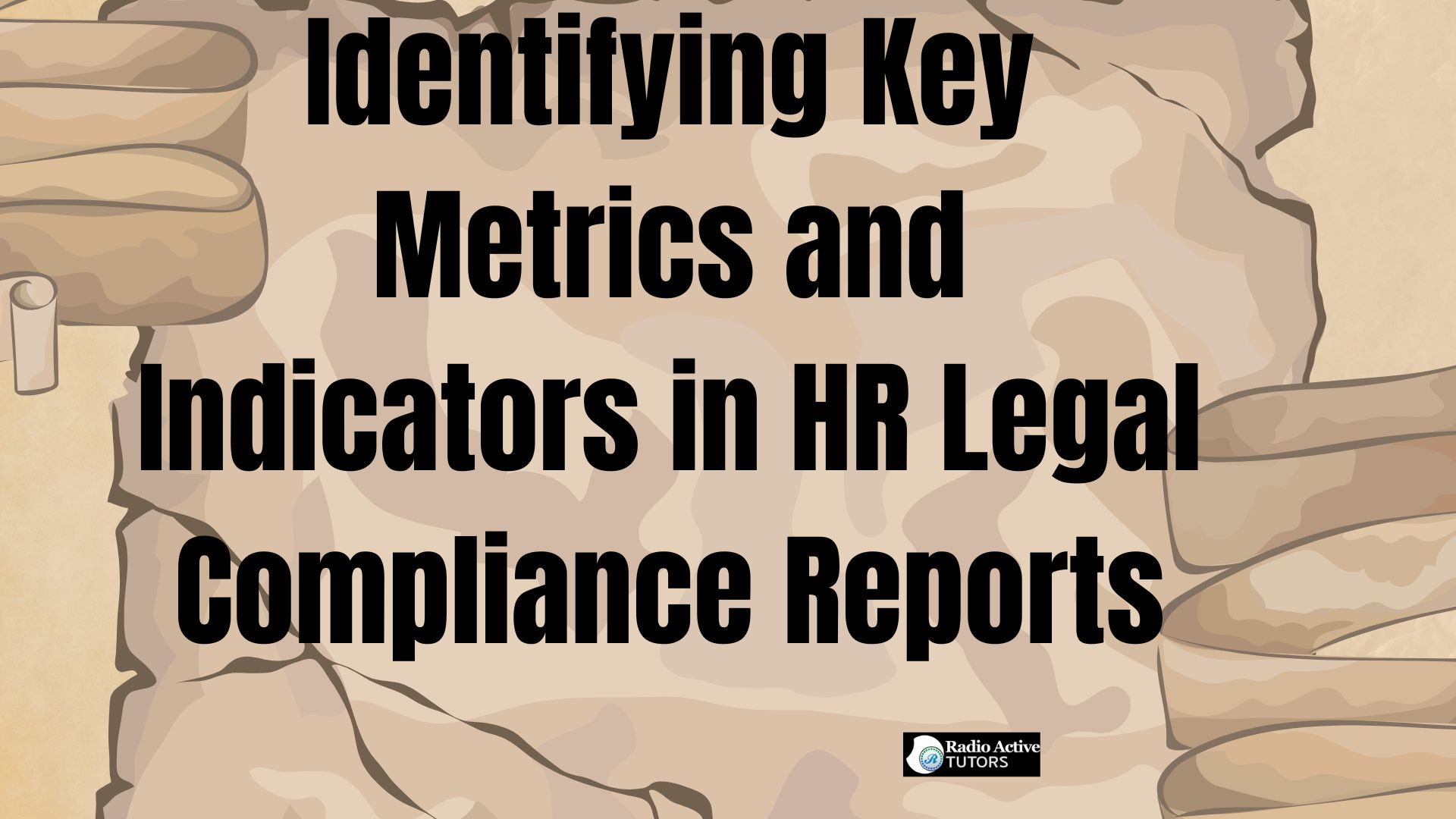
Identifying key metrics and indicators is essential in creating effective HR compliance reports, yet it also poses common pitfalls that organizations must navigate. These metrics and indicators serve as benchmarks for measuring compliance performance and identifying areas for improvement within HR processes. Common metrics may include turnover rates, diversity and inclusion statistics, training completion rates, and performance evaluation results.
However, pitfalls may arise when organizations fail to select relevant or meaningful metrics, leading to inaccurate assessments of compliance efforts. Additionally, overreliance on quantitative metrics without considering qualitative aspects may result in overlooking crucial compliance issues. Therefore, organizations must carefully select and regularly review key metrics and indicators, ensuring they align with organizational goals and provide a comprehensive view of HR compliance efforts, while also implementing supplementary measures to address potential pitfalls and ensure reporting accuracy.
- Documentation and Record-Keeping Practices in HR Legal Compliance Reports
Documentation and record-keeping practices are vital components in creating effective HR compliance reports, yet they also present common pitfalls that organizations must address. Comprehensive and accurate documentation is crucial for substantiating compliance efforts and providing evidence of adherence to legal requirements. This includes maintaining records related to employee hiring, performance evaluations, training sessions, disciplinary actions, and any other relevant HR activities.
However, pitfalls may arise when organizations fail to establish standardized documentation procedures, resulting in inconsistent or incomplete records. Additionally, inadequate record-keeping practices can lead to difficulties in retrieving information when needed, increasing the risk of non-compliance and legal repercussions. Therefore, organizations must prioritize robust documentation and record-keeping practices, implementing policies and systems that ensure the thorough and consistent documentation of HR activities to mitigate potential pitfalls and uphold compliance standards.
IV. Role of HR Professionals in Ensuring Compliance
The role of HR professionals is paramount in ensuring compliance and navigating common pitfalls in HR legal compliance reports. HR professionals serve as stewards of organizational policies and procedures, responsible for interpreting and implementing relevant laws and regulations within the workplace. Their duties encompass staying abreast of changes in employment laws, providing guidance to management and staff on compliance matters, and overseeing the development and execution of HR compliance initiatives.
Moreover, HR professionals play a crucial role in identifying potential pitfalls in compliance reporting, such as inaccuracies in data collection or documentation practices, and implementing strategies to address them effectively. By fostering a culture of compliance and accountability, HR professionals contribute significantly to the organization’s ability to uphold legal standards, mitigate risks, and maintain ethical integrity in HR practices.
V. Common Pitfalls in HR Legal Compliance Reports
. Lack of understanding of legal requirements
A lack of understanding of legal requirements stands out as a prevalent pitfall in HR legal compliance reports. This deficiency can manifest in various ways, such as failing to stay updated with evolving laws and regulations or misinterpreting complex legal language. HR professionals must possess a comprehensive understanding of the legal landscape governing employment practices to accurately interpret and implement compliance measures.
Without this understanding, organizations may inadvertently violate laws or overlook critical compliance obligations, exposing themselves to legal risks and repercussions. Therefore, investing in ongoing training and development for HR staff is essential to ensure they remain well-versed in legal requirements, enabling them to produce accurate and compliant HR legal compliance reports.
- Inadequate data collection and management
Inadequate data collection and management represent significant pitfalls in HR legal compliance reports. Effective compliance reporting relies heavily on the accuracy, completeness, and integrity of data collected and maintained by HR departments. However, organizations often face challenges in this area, such as inconsistencies in data collection methods, reliance on outdated or incomplete information, or failure to secure sensitive data properly.
These shortcomings can compromise the reliability and credibility of compliance reports, leading to potential inaccuracies and compliance violations. To mitigate these pitfalls, organizations must prioritize robust data collection and management practices, including implementing standardized procedures, leveraging technology solutions for data storage and analysis, and ensuring compliance with data privacy regulations. By addressing these challenges, organizations can enhance the accuracy and effectiveness of their HR legal compliance reports, thereby reducing legal risks and promoting organizational integrity.
- Poor documentation practices
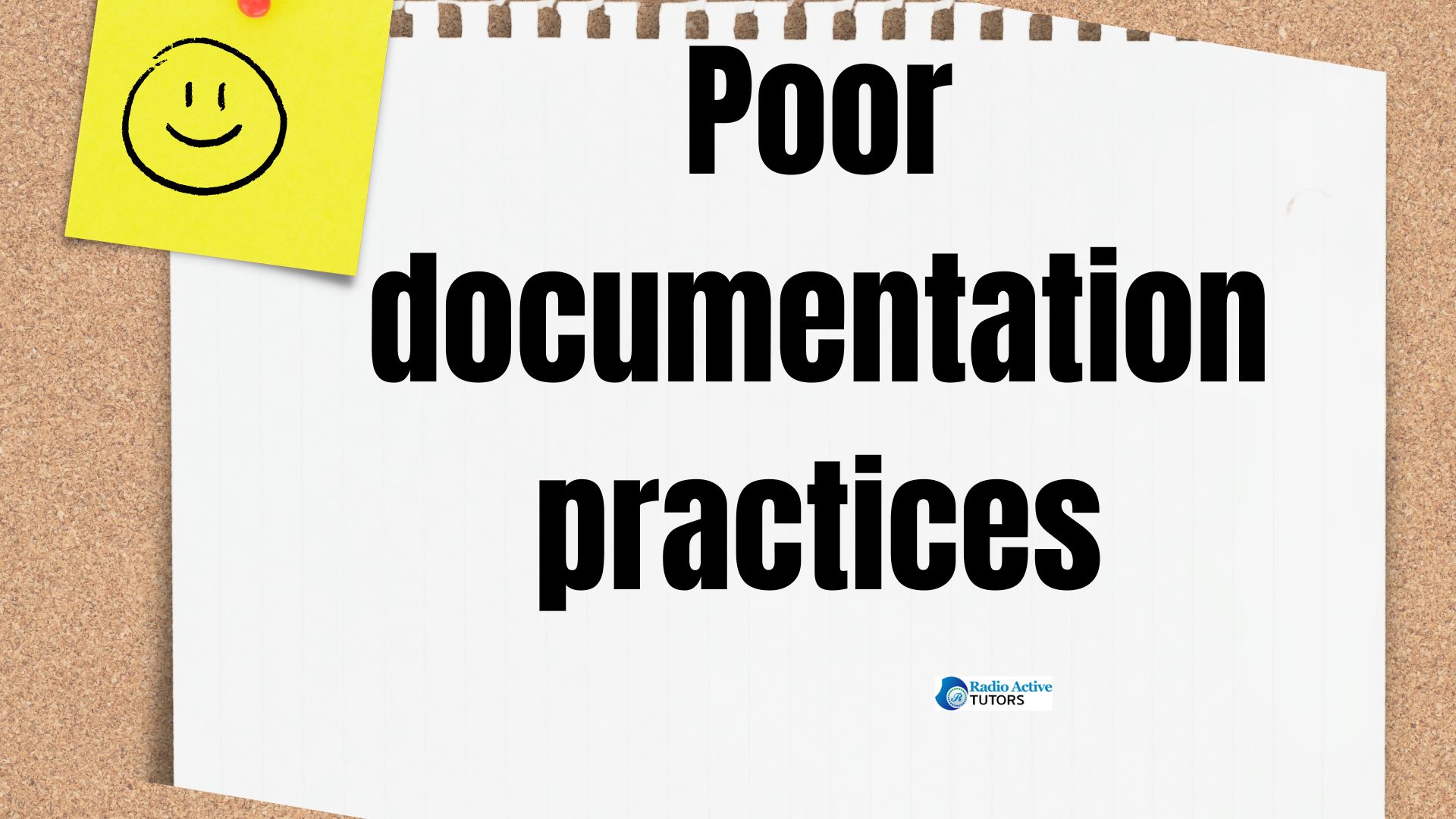
Poor documentation practices stand out as a significant pitfall in HR legal compliance reports. Comprehensive and accurate documentation is essential for substantiating compliance efforts and providing evidence of adherence to legal requirements. However, organizations often face challenges in this area, such as inadequate record-keeping procedures, inconsistent documentation formats, or failure to maintain thorough and up-to-date records. These shortcomings can undermine the integrity and reliability of compliance reports, making it difficult to demonstrate compliance with legal standards and exposing organizations to legal risks.
To mitigate these pitfalls, organizations must prioritize robust documentation practices, including implementing standardized procedures for record-keeping, providing training to HR staff on proper documentation protocols, and conducting regular audits to ensure compliance. By addressing these challenges, organizations can enhance the accuracy and effectiveness of their HR legal compliance reports, thereby promoting transparency, accountability, and legal integrity within the organization.
- Compliance reporting errors
Compliance reporting errors pose a significant pitfall in HR legal compliance reports. Despite meticulous efforts to collect and analyze data, organizations may still encounter challenges in accurately reporting compliance status. These errors can manifest in various ways, such as incorrect classification of employee statuses, omission of crucial information, or inaccuracies in data interpretation.
Such mistakes can compromise the credibility and reliability of compliance reports, leading to potential legal ramifications and reputational damage for the organization. To mitigate these pitfalls, organizations must implement rigorous quality control measures, including regular reviews and validations of compliance data, cross-checking information against relevant legal requirements, and seeking guidance from legal experts when necessary. By addressing compliance reporting errors proactively, organizations can enhance the accuracy and effectiveness of their HR legal compliance reports, thereby reducing legal risks and maintaining organizational integrity.
VI. FAQ Section
- What is the purpose of HR legal compliance reports?
- How often should compliance reports be updated?
- What are the consequences of non-compliance in HR Legal Compliance Reports?
- How can HR professionals ensure data privacy in compliance reporting?
- Are there any tools or software recommended for HR Legal Compliance Reports?
- What should be included in an employee handbook regarding compliance?
- How can small businesses handle HR Legal Compliance Reports?
- What role does training play in maintaining compliance reports?
- How can HR departments manage compliance reports across multiple locations?
- What are some common compliance pitfalls to watch out for in HR Legal Compliance Reports?
